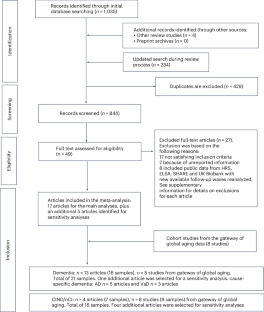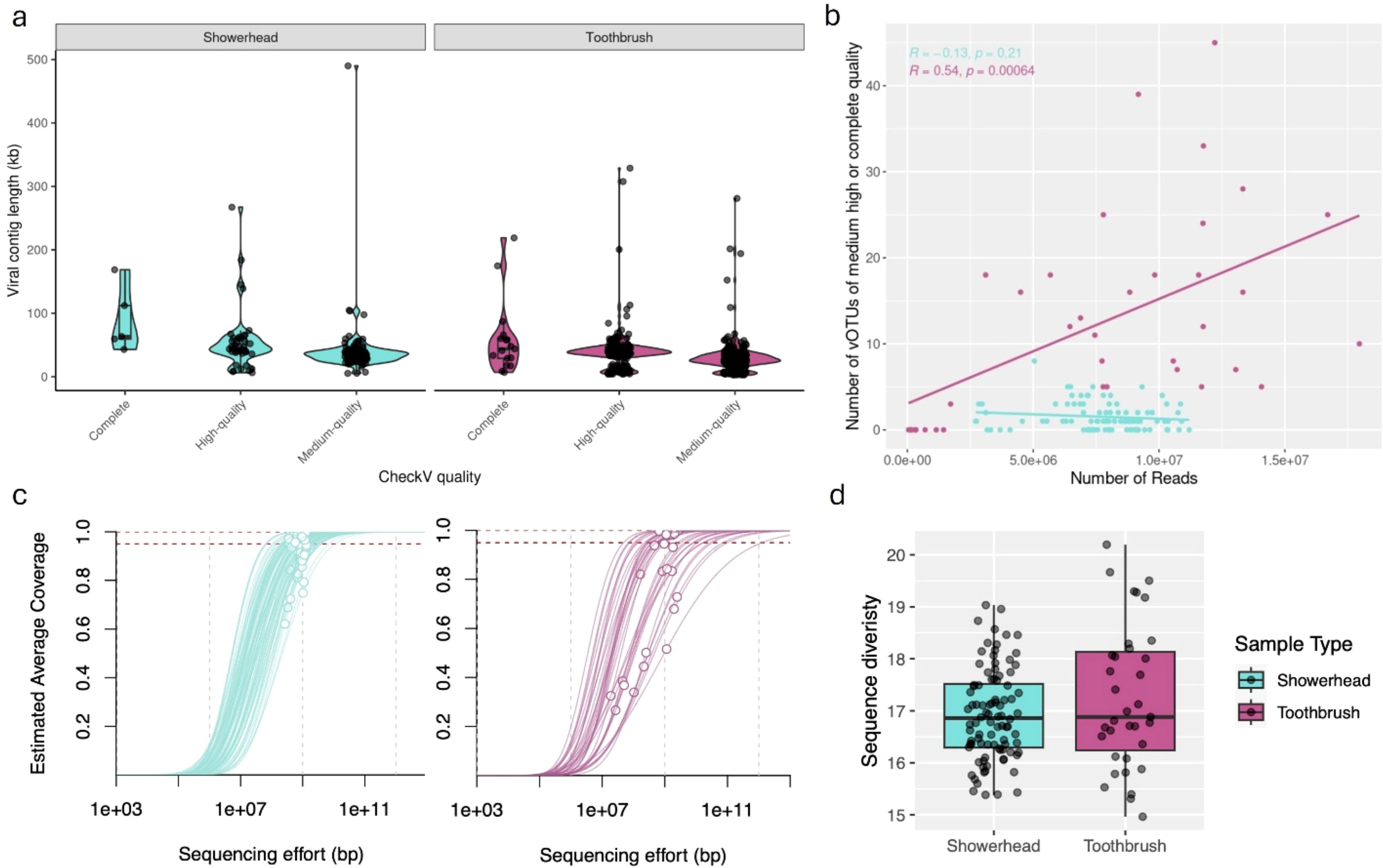2024-10-09 ノースカロライナ州立大学(NCState)
<関連情報>
- https://news.ncsu.edu/2024/10/lachnospiraceae-could-be-key-to-successful-fecal-transplants/
- https://journals.asm.org/doi/full/10.1128/msphere.00706-24
再発性クロストリディオイデス・ディフィシル感染症に対する糞便微生物移植に関連するメタゲノム、メタボロミクス、脂質組成の変化 Metagenomic, metabolomic, and lipidomic shifts associated with fecal microbiota transplantation for recurrent Clostridioides difficile infection
Arthur S. McMillan, Guozhi Zhang, Michael K. Dougherty, Sarah K. McGill, Ajay S. Gulati, Erin S. Baker, Casey M. Theriot
mSphere Published:8 October 2024
DOI:https://doi.org/10.1128/msphere.00706-24

ABSTRACT
Recurrent C. difficile infection (rCDI) is an urgent public health threat, for which the last resort and lifesaving treatment is a fecal microbiota transplant (FMT). However, the exact mechanisms that mediate a successful FMT are not well-understood. Here, we use longitudinal stool samples collected from patients undergoing FMT to evaluate intra-individual changes in the microbiome, metabolome, and lipidome after successful FMTs relative to their baselines pre-FMT. We show changes in the abundance of many lipids, specifically a decrease in acylcarnitines post-FMT, and a shift from conjugated bile acids pre-FMT to deconjugated secondary bile acids post-FMT. These changes correlate with a decrease in Enterobacteriaceae, which encode carnitine metabolism genes, and an increase in Lachnospiraceae, which encode bile acid altering genes such as bile salt hydrolases (BSHs) and the bile acid-inducible (bai) operon, post-FMT. We also show changes in gut microbe-encoded amino acid biosynthesis genes, of which Enterobacteriaceae was the primary contributor to amino acids C. difficile is auxotrophic for. Liquid chromatography, ion mobility spectrometry, and mass spectrometry (LC-IMS-MS) revealed a shift from microbial conjugation of primary bile acids pre-FMT to secondary bile acids post-FMT. Here, we define the structural and functional changes associated with a successful FMT and generate hypotheses that require further experimental validation. This information is meant to help guide the development of new microbiota-focused therapeutics to treat rCDI.


